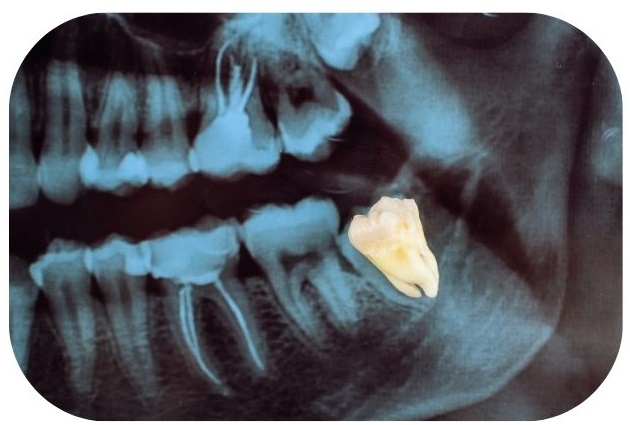Pain and Drugs: Examining the Advantages and Drawbacks of Analgesics
Analgesics, another name for painkillers, are frequently prescribed to people with acute or chronic pain disorders in order to reduce discomfort and enhance their quality of life.

First of all,
Analgesics, another name for painkillers, are frequently prescribed to people with acute or chronic pain disorders in order to reduce discomfort and enhance their quality of life. Though these drugs can offer relief, there are possible hazards and side effects that should be carefully evaluated in addition to their potential benefits. This article addresses safe and efficient pain management techniques as well as the advantages and disadvantages of painkillers, including both prescription and over-the-counter drugs.
Different Kinds of Painkillers
There are numerous kinds of painkillers on the market, and each has a unique mode of action and set of applications. Aspirin, acetaminophen, and nonsteroidal anti-inflammatory medications (NSAIDs) like naproxen and ibuprofen are common over-the-counter pain treatments. Prescription painkillers for neuropathic pain may contain adjuvant drugs like antidepressants and anticonvulsants, as well as opioids like oxycodone, hydrocodone, and morphine.
Advantages of Painkillers
By lessening pain intensity and enhancing physical performance and quality of life, pain medicines can offer substantial relief to those with acute or chronic pain. When it comes to treating pain and inflammation brought on by ailments like headaches, menstrual cramps, and arthritis, NSAIDs work well. Acetaminophen is frequently used to treat fever and mild to moderate discomfort. Although opioids are very good at treating extreme pain, they should only be used temporarily because they can cause dependency, tolerance, and overdose.
Perils and Adverse Reactions
Although there are advantages to using painkillers, there are also possible hazards and side effects that should be carefully examined. When used excessively or over an extended period of time, NSAIDs can raise the risk of renal damage, ulcers, and gastrointestinal bleeding. When combined with alcohol or taken in excess, acetaminophen can harm the liver. When used improperly or excessively, opioid drugs increase the risk of dependence, addiction, overdose, and respiratory depression.
Handling Painkillers Safely
It's critical to use painkillers cautiously and sensibly in order to reduce the risks involved. Always adhere to the suggested dosage guidelines that are listed on prescription labels or supplied by healthcare professionals. To avoid liver damage, do not take more acetaminophen than the recommended daily dosage. In order to lower the possibility of stomach distress and gastrointestinal adverse effects, NSAIDs should be taken with food or milk. Opioid drugs ought to be taken with caution, only under a doctor's supervision, and never shared with other people.
Non-Medical Remedies
There are a number of complementary or alternative methods of managing pain in addition to pharmaceutical therapies. Physical therapy, acupuncture, chiropractic adjustments, massage therapy, mindfulness meditation, and relaxation methods are a few examples of these. In addition to lowering pain and stiffness, physical therapy can assist increase strength, flexibility, and mobility. By encouraging circulation and reestablishing normal alignment, acupuncture and chiropractic adjustments can help relieve musculoskeletal pain. Relaxation methods and mindfulness meditation can assist lower tension in the muscles, stress, and worry, all of which can worsen the sensations of pain.
Pain Management Techniques
Multimodal pain management strategies integrate many treatment methods to target pain from various perspectives, maximize results, and reduce the requirement for high dosages of medication. This could involve mixing pharmaceutical treatments with non-pharmacological therapies such cognitive-behavioral therapy, physical therapy, and complementary and alternative medical practices. Multimodal pain treatment techniques can offer patients with acute or chronic pain issues more thorough and holistic therapy by addressing both the psychological and physical components of pain.
Final Thoughts
When used as a useful tool, pain medicines can help people with acute or chronic pain disorders feel better and manage their pain. It is imperative to carefully consider the advantages and disadvantages of these drugs and to use them in a responsible and safe manner. People can reduce the dangers associated with pain drugs while maximizing their effectiveness in alleviating pain and improving function by adhering to authorized dosage guidelines, avoiding misuse or overuse, and investigating alternate approaches to pain management. Finding the safest and most efficient method of controlling their pain can be facilitated by carefully collaborating with healthcare professionals to create a customized pain management strategy.
What's Your Reaction?















![Medical Purification System Integration Market Size, Share Forecast [2032]](https://www.thenewsbrick.com/uploads/images/202406/image_100x75_665ee18a955b7.jpg)

